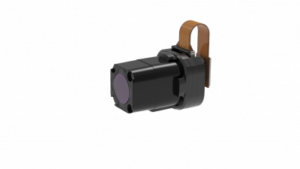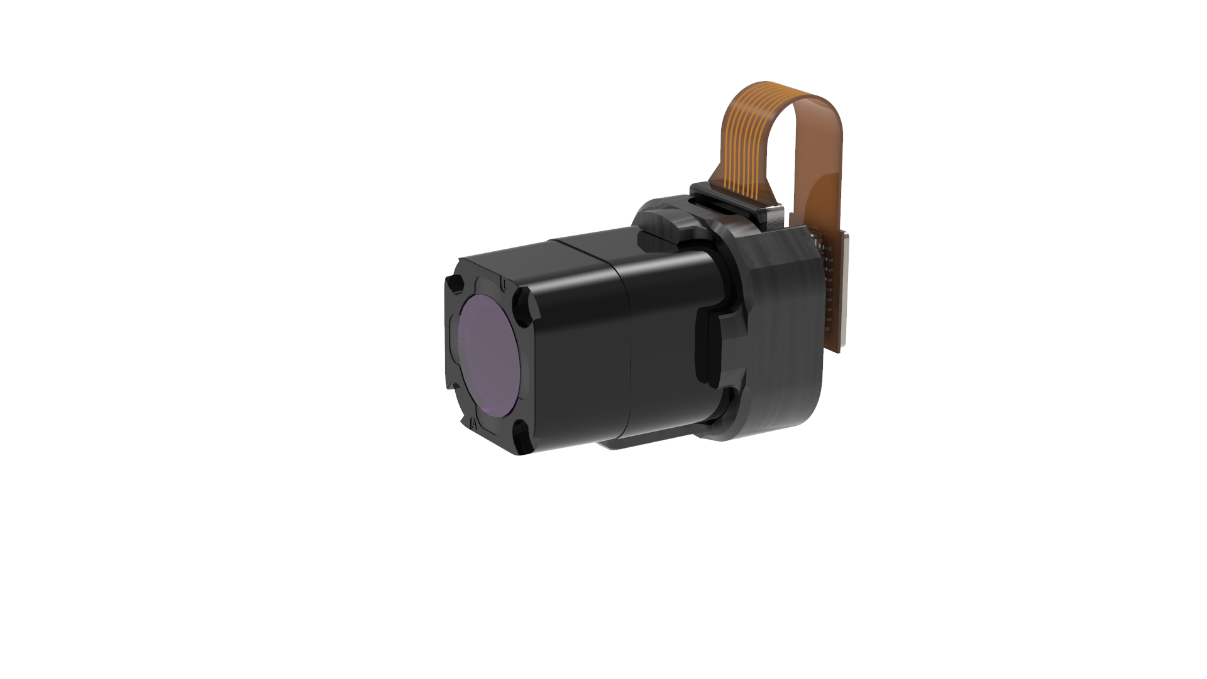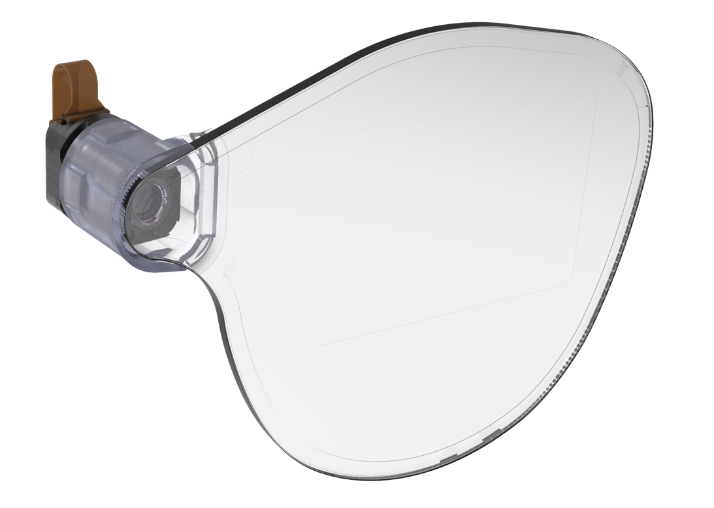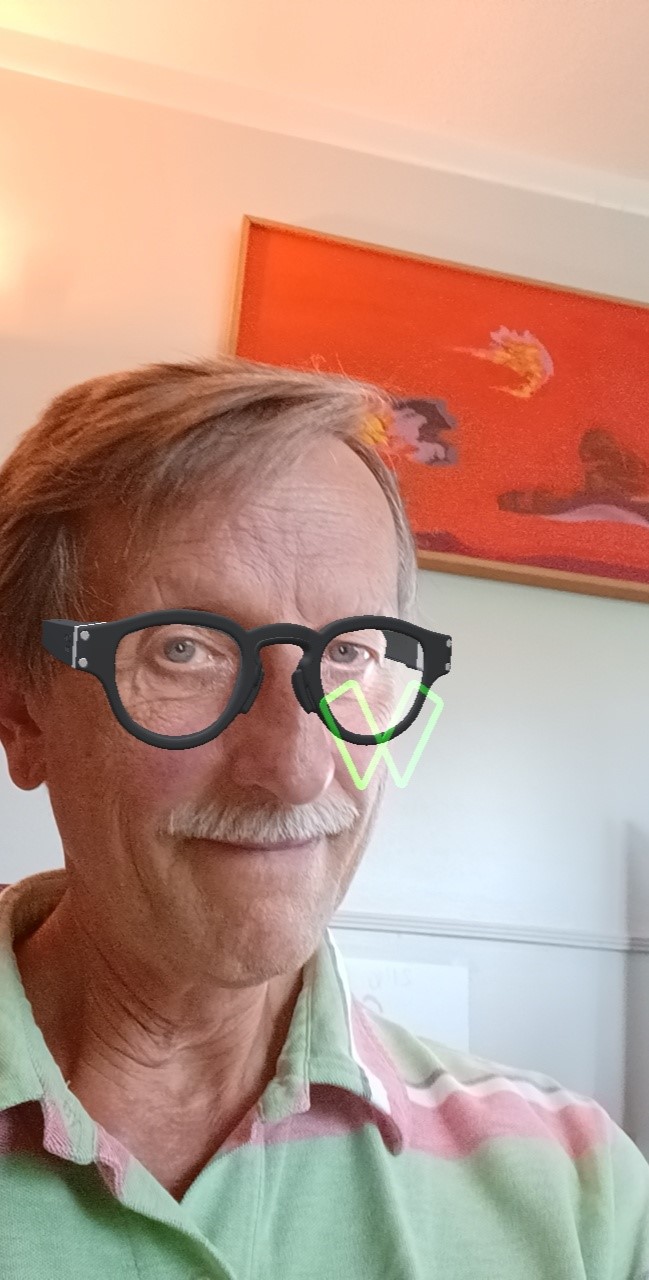Jade Bird Display, a key developer of microLED microdisplays, has partnered with WaveOptics, a major supplier of waveguide optics to create a new reference design for AR smartglasses. Dubbed Leopard, the development kit includes the microLED display, optics, waveguide, electronics, battery and eye frame design to allow ODM or OEM customers to quickly get to market.

Last May, the 125-person team at WaveOptics was acquired by Snap, the owners of Snapchat, for over $500 million. Snap has been working with the company for several years. While Snap has its eyes set on AR smartglasses, it will allow WaveOptics to continue to supply to other customers. That was not the case with acquisitions like Facebook’s incorporation of Plessey Semiconductor and Apple’s absorption of Arkonia Holographics, so we will see if this turns out to be true.
Captive microLED smartglasses have also been announced by Kopin and Vuzix using JBD microLEDs as well, but the Leopard development kit is aimed at a broad range of customers. This is the first time WaveOptics has adopted a microLED display for a projector as part of the development kit as well. Previous projectors have used LCoS and DMD microdisplays.
To be clear, this reference design is for the purpose of demonstrating the technology but is a necessary first step in the commercialization of microLED-based devices. For example, the display is monochrome green only with VGA resolution with only 16 shades (4 bit) rendering possible. But the display can be very bright with a 4 million nit specification. It is intended for outdoor information snacking applications like messages, alerts and simple data monitoring where a monocular display is all that is needed. The FOV is limited to about 27° and 29 pixels per degree – both on the low end but probably acceptable for this use case.
The components are also quite small with WaveOptic’s designed projector coming in a 760 mm3 (0.76 cc) and just 0.6 grams. The waveguide is 1.15mm thick and 7 grams and uses a surface relief type structure for the input and output image coupling, but these can be efficiently manufactured with a nanoimprinting technology (a nice video of their manufacturing process is here). Waveguides are notoriously inefficient (on the order of 1%) so that 4 million nits ends up being about 500 nits to the eye after accounting for other system losses.
That is not going to be enough for the planned outdoor uses, I think. We spoke with Leon Baruah from JBD who said the projector in the Leopard development kit was designed by WaveOptics with their help on the drivers. JBD uses a microlens array to help collect the Lambertian light emitted by the microLEDs, so the projector must then shape this light to efficiently couple it into the input waveguide. Baruch thinks that a 5-6x increase in brightness is still possible via improvements in the optical chain and display driving options. That will indeed be needed.
Baruch said that the 0.13” VGA green display is not quite ready for mass production. They are now going through a qualification process to ensure reliability of the device – a key step toward mass production suggesting real volume orders may be near. JBD is now up to around 160 people and they are opening a new facility in Hefei, China.
The reference design uses the company’s latest Katana waveguide technology that supports full-color operation, although only the green is used in this design. It offers a 24mm eye relief and very decent 12×11 mm eye box at that distance. What is confusing is that WaveOptics describes this waveguide as a single plate solution suggesting red, green and blue optimized grating can be laminated to a single glass substrate. Does that mean that only the green grating is used in this reference design?
One interesting by-product of the new Snap ownership is a SnapChat filter that allows one to don the new Leopard eyeglass on oneself, as I did below. It is still a heavy eyeglass frame design, but such designs are more common for ordinary eyewear nowadays anyway. To try the filter, open on your mobile here.
Since this is a reference design, the electronics are quite basic allowing the presentation of static images on the prototype smartglasses. Any customer would need to add a UI, sensors and better electronics to make a commercial product. So, will Snap be the lead customer? WaveOptics is not saying. We will have to wait and see. (CC)




